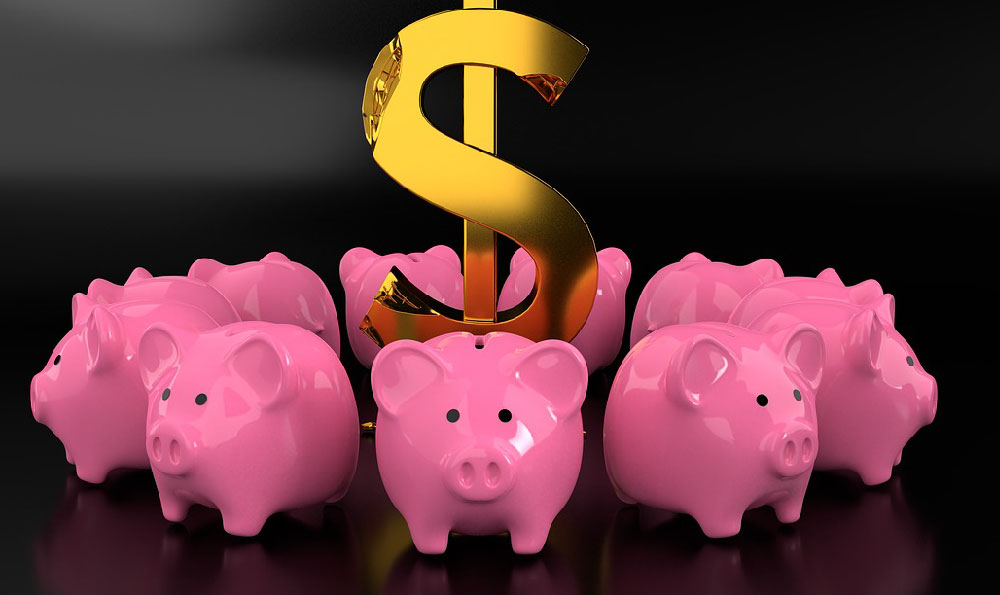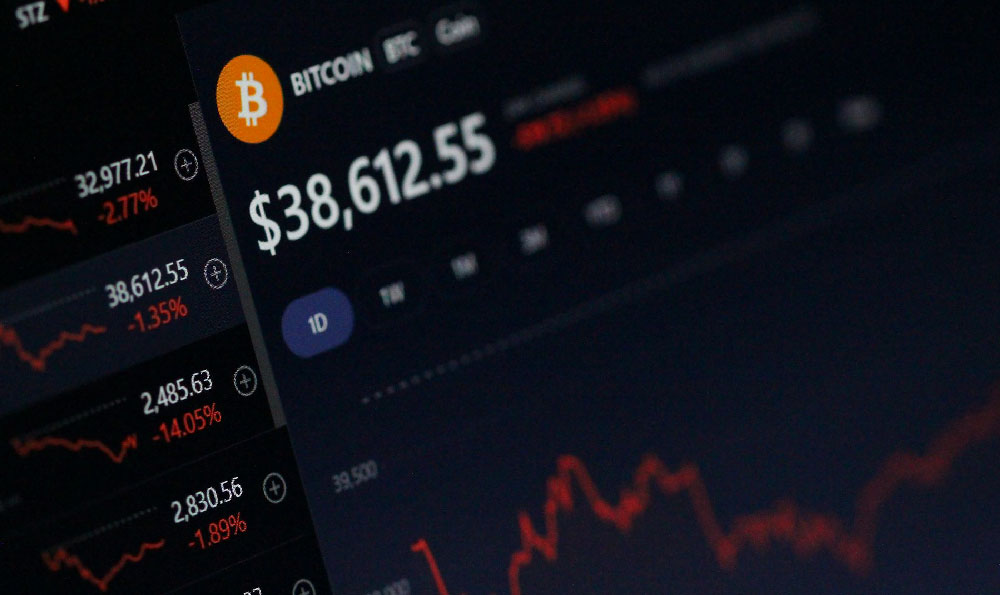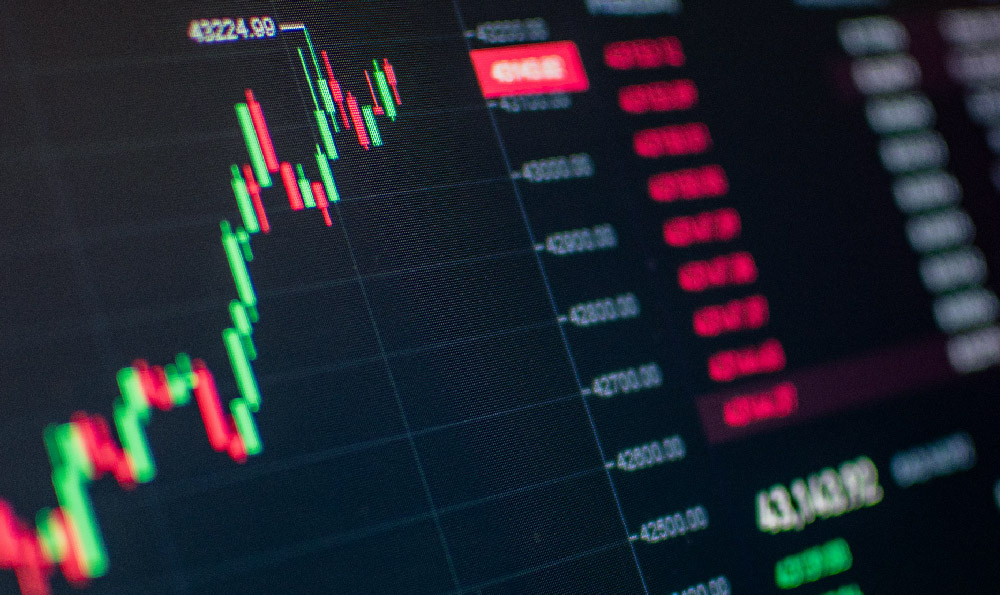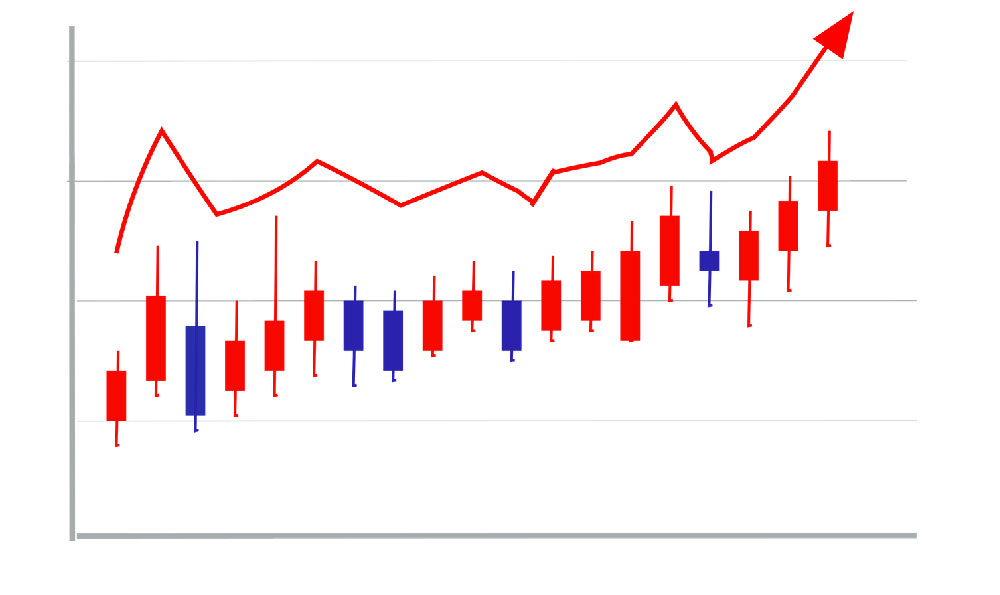
Alright, let's delve into the murky depths of "Baby Shark's" financial ocean and try to quantify the song's revenue stream. Pinpointing an exact figure for "Baby Shark's" total earnings is like trying to catch a greased piglet – Pinkfong, the South Korean educational entertainment company that created the song, isn't exactly broadcasting its financial statements. However, we can piece together a reasonably accurate estimate by examining the various revenue channels the song has spawned. It's important to remember these are estimates based on publicly available information and industry benchmarks; the actual numbers could vary significantly.
The primary source of revenue is, of course, YouTube. "Baby Shark Dance" is one of the most-viewed videos on the platform, period. Monetization on YouTube hinges on advertising revenue. The amount a video earns per thousand views (CPM - Cost Per Mille) fluctuates based on several factors, including geography, viewer demographics, ad relevance, and the overall ad market. For a children's video that likely attracts family-friendly advertisers, a CPM in the range of $2 to $5 is a reasonable estimate. Given that "Baby Shark Dance" has surpassed 13 billion views, even at the low end of that CPM range, we're looking at revenue in the tens of millions of dollars – potentially exceeding $26 million from YouTube ad revenue alone. This is likely a conservative estimate; the high view count attracts premium advertisers willing to pay higher CPMs for access to such a broad audience.
Beyond YouTube, licensing agreements play a significant role. The "Baby Shark" brand has been licensed for a vast array of merchandise, including toys, clothing, books, and even food products. Pinkfong collects royalties on the sale of these items. The typical royalty rate for character licensing can range from 5% to 15% of the wholesale price. To estimate the revenue generated from merchandise, we need to consider the sheer ubiquity of "Baby Shark" products. From major retailers to online marketplaces, "Baby Shark" merchandise is prevalent. It's difficult to put an exact figure on the total sales volume, but it's safe to say that the merchandise revenue stream is substantial, likely exceeding tens of millions of dollars annually. Furthermore, the brand lends itself to cross-promotion with various established brands, further bolstering revenue through marketing partnerships and limited-edition collaborations.

Another significant revenue channel is streaming platforms like Spotify, Apple Music, and other music streaming services. While individual streams generate relatively small amounts of revenue, the sheer volume of streams for "Baby Shark" is staggering. Streaming royalties are complex and vary depending on the platform and the artist's agreement, but a reasonable estimate is around $0.003 to $0.005 per stream. With billions of streams across multiple platforms, this revenue stream likely contributes millions of dollars annually. These platforms also contribute to discovery and exposure, further driving traffic towards other revenue sources.
Furthermore, "Baby Shark" has spawned live performances and stage shows. These events, while temporarily impacted by global events, contribute to the overall revenue. Ticket sales, merchandise sales at the venues, and potential licensing fees for the performances all add to the financial pie. The success of the original song has also led to sequels, spin-offs, and adaptations in different languages, each creating its own stream of revenue through YouTube, streaming platforms, and merchandise. These adaptations cater to different regional markets, maximizing the brand's reach and potential earnings.
Beyond these core revenue streams, there are ancillary income opportunities. These include synchronization licenses for use in commercials, films, and television shows, as well as educational apps and games featuring the "Baby Shark" characters. These opportunities, while smaller in scale than the primary channels, contribute to the overall financial success of the franchise.
It's crucial to acknowledge the costs associated with producing and marketing "Baby Shark." While the initial animation was relatively simple, ongoing marketing efforts, licensing administration, and legal protection of the brand all require investment. However, given the immense revenue generated, these costs are likely a relatively small percentage of the overall earnings.
In summary, while an exact figure is elusive, it's reasonable to estimate that "Baby Shark" has generated well over $100 million in revenue across all channels. The breakdown can be roughly categorized as follows: YouTube advertising revenue accounting for a significant portion (likely tens of millions of dollars), merchandise licensing generating a similar or even larger amount, streaming royalties contributing millions annually, and live performances and ancillary revenue streams rounding out the total. The enduring popularity of "Baby Shark" suggests that these revenue streams will continue to flow for years to come, making it one of the most financially successful children's songs of all time. The key takeaway is the diversified revenue model – reliance isn't solely on one platform, which makes the brand more resilient to market fluctuations and algorithm changes. Diversification is a golden rule, not just in the entertainment industry, but also in investment strategies.





